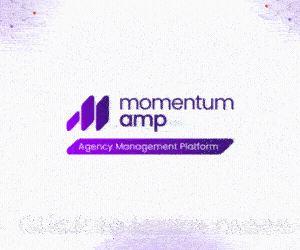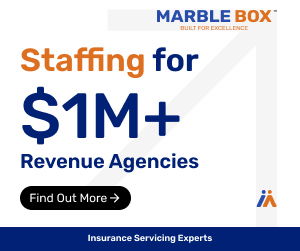Two years ago, we predicted that the average agency size would get larger. At that time, the most recent Agency Universe Study (AUS) from the Independent Insurance Agents & Brokers of America showed that 61% of agencies had annual revenues of less than $500,000, with almost 38% of agencies at less than $150,000.
Two years later, the proportion of agencies falling into these categories has taken a remarkable drop. The 2024 AUS published last fall showed that only 51.6% of agencies were under $500,000 in revenue and 27.1% of agencies were under $150,000. The percentage of the agency universe made up by the smallest agencies dropped by 10.5% in just two years.
Why did this happen? Observers point to several factors:
- The COVID effect has worn off. During the pandemic, when large numbers of businesses closed to the public under governmental orders, a bumper crop of insurance agencies were created. People who had been with large agencies decided to hang out their own shingles. One-time captive agents took the plunge into the independent world. Researchers see the situation normalizing as people decide agency ownership isn’t for them.
- Captive agents are hitting the brakes on converting. The 2022 AUS showed that one agency out of every six was a captive that had converted to independent in the previous two years. By 2024, that proportion had fallen to one in ten. While that remains a significant percentage, the slowdown in the pace indicates some hesitancy among the captive agent force.
- Mergers and acquisitions happen. While M&A activity has not, in the past few years, been at the blistering pace of earlier in the decade, large agencies are still very much on the hunt for quality acquisition targets. At the same time the percentage of the smallest agencies fell, the percentage of agencies with revenues of at least $500,000 grew by ten points. The 2024 AUS showed significant percentages of agencies in every size category planning on M&A activity over the next two years, ranging from a low of 29% for agencies with revenues between $1.25 million and $2.49 million to a high of 39% for agencies with revenues in the $2.5 million to $9.9 million range.
The overall number of agencies dipped from 40,000 to 39,000, reinforcing the effects of M&A and slower captive conversion. Most of those agencies (75%) reported higher revenues over the previous two years, however. That is likely the result of both M&A activity and hard market pricing. A bit more reported growth in personal lines revenue (72%) than reported commercial lines growth (68%). That is unsurprising given that the homeowners and personal auto lines have both seen extraordinary rate increases during the hard market, while some commercial lines (cyber and directors and officers liability, for example) have become more competitive.
Agencies of all sizes continue to implement new technology tools, though they differ by size. Most agencies use at minimum e-signature technology and exchange text messages with clients. The higher an agency is on the revenue scale, the more likely it is to use more advanced technologies such as chatbots, meeting with clients via video, and the mobile versions of their agency management systems. Their smaller peers may be unable to afford some of these tools. Unfortunately, that may place some small agencies at a competitive disadvantage.
We expect the 2026 report to show this trend continuing. It is no secret that the population of agency principals is aging. Many of those principals, lacking an apparent heir to the agency on staff, will choose to sell their agencies to third parties. The fate of interest rates is tied to the state of the overall economy, but if they start to fall, it will be easier for agencies to borrow to finance acquisitions. The smallest agencies, having the smallest technology budgets, may find it increasingly difficult to compete. They will start listening to purchase offers.
In two years, the total number of independent agencies may be comparable to today’s level, but they will increasingly be larger.












